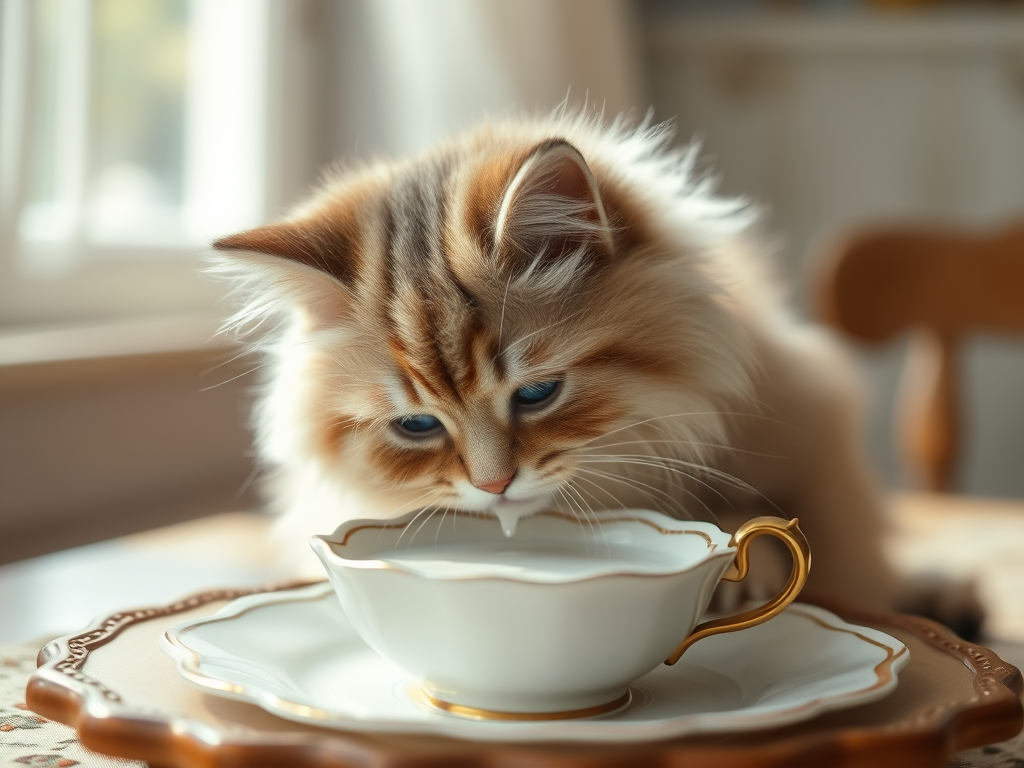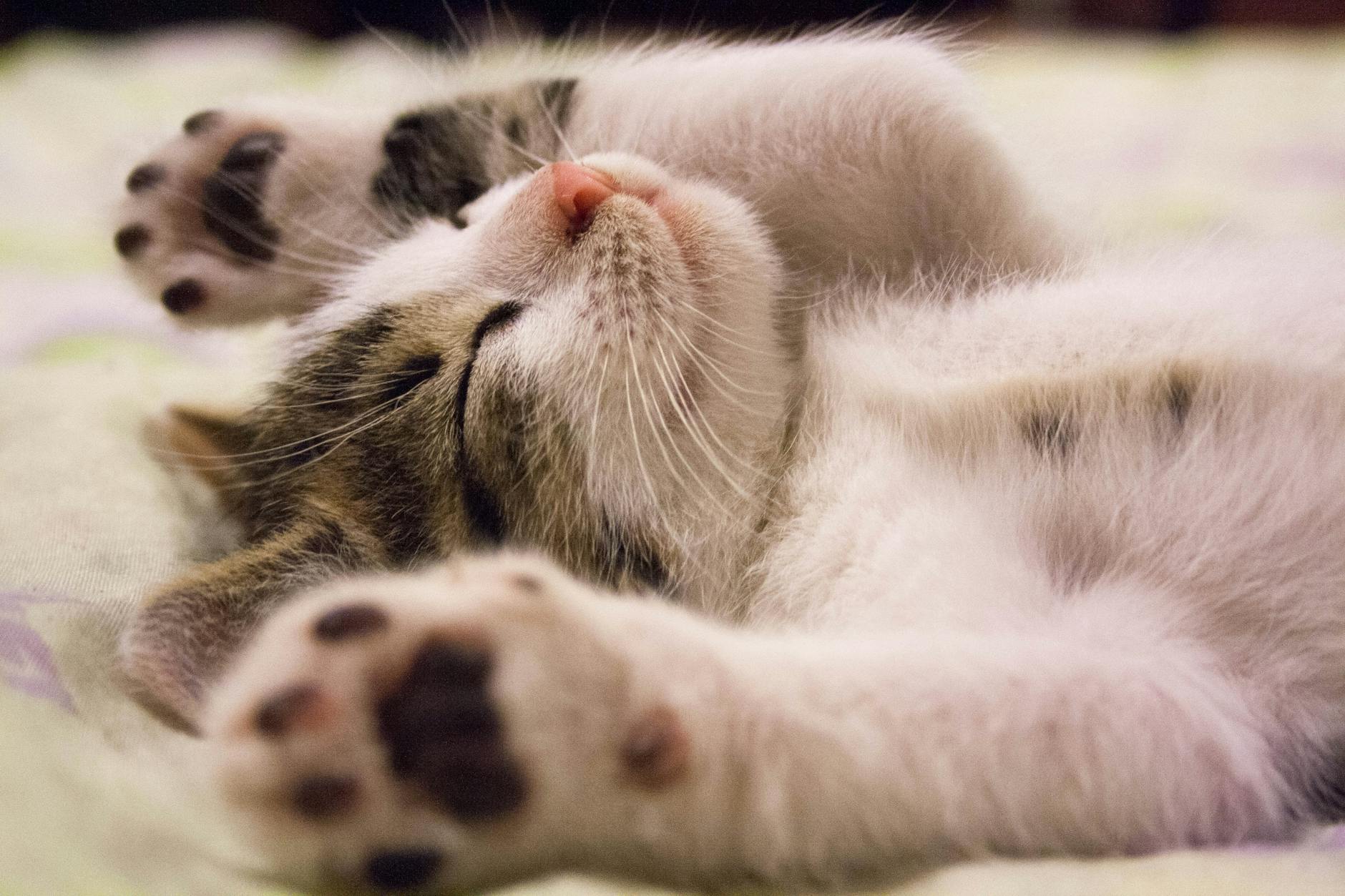Can Cats Drink Milk? What Every Owner Should Know

Picture this: a fluffy cat delicately lapping up milk from a porcelain saucer. It’s cute. It’s classic. It’s also… not exactly the healthiest move.
For decades—thanks to Victorian artwork, old-school cartoons, and bedtime stories—we’ve been fed the idea that cats love milk. But is it actually good for them? Spoiler: not really.
Let’s bust this age-old myth once and for all. Here’s everything you need to know about cats and milk.

Where did the milk-and-cat love story begin?
Our cultural obsession with cats sipping milk probably started in the 19th century, when urban living and animal artwork became fashionable.
Artists such as Alfred-Arthur Brunel de Neuville made a career out of painting cosy kittens gathered around bowls of milk. These images were charming, sentimental, and soon cemented the belief that milk was a natural treat for cats.
Cartoons and storybooks later carried this imagery forward. The result? Generations grew up convinced that milk was as good for cats as kibble or water.
But as we know now, the art was romantic—but not realistic.
The Truth: Most Cats Are Lactose Intolerant
According to the People’s Dispensary for Sick Animals (PDSA), adult cats actually struggle to digest lactose, the sugar in milk. Just like many adult humans, cats can develop lactose intolerance after weaning.
The result? Many adult cats can’t handle milk without side effects.
Dr Nathalie Dowgray from the International Society of Feline Medicine (ISFM) explains:
“Cats don’t need cow’s milk at all if they’re eating a balanced diet—it’s just unnecessary extra fat.”
What Happens If They Drink Milk Anyway?
When lactose-intolerant cats consume milk, it can cause:
- Upset stomach
- Diarrhoea
- Vomiting
- Bloating or gas
Not exactly the relaxing snack you had in mind, right?

But what if my cat loves milk?
Plenty of cats beg for milk. According to Hastings Veterinary Hospital, the appeal lies in the creamy texture and rich fat content. Some cats even associate milk with the comfort of kittenhood.
But here’s the catch: wanting something doesn’t mean it’s good for them. Think of it as a feline equivalent of humans craving crisps or chocolate cake—delicious in the moment, but not healthy long-term.
Milk = pizza? Yes, really
Here’s a comparison that might make you think twice:
A saucer of cow’s milk for a cat is the same as a human eating a whole 12-inch pizza in one sitting. It’s that calorie-dense and fatty.
It may look innocent, but it’s far more indulgent than most owners realise.

Special case: kittens without mothers
There is one important exception. Hand-reared kittens without access to their mother’s milk still need milk—but not the kind you find in your fridge.
Neither cow’s nor goat’s milk provides the right nutritional balance. Instead, they require a kitten milk replacer formulated with the proper protein, fat, and vitamin levels.
Kittens usually start transitioning to solid food between three and four weeks old, and are fully weaned by eight to ten weeks. After this point, they no longer need milk in their diet at all.
So… can cats drink anything besides water?
Short answer: not really.
Pet shops and supermarkets sell “cat milk” products that are lactose-free and safe in moderation. These can be used as occasional treats, but they’re not essential for a cat’s health.
For everyday hydration, fresh, clean water is all your cat needs.

If not milk, what can I treat them with?
There are plenty of cat-safe options that won’t upset their stomach. Popular alternatives include:
- Freeze-dried meat snacks
- Homemade tuna cubes
- Soft, lickable cat treats
- Catnip toys or sprinkles
If you enjoy experimenting in the kitchen, you could even prepare DIY cat-friendly meals at home. Just make sure any recipe is specifically designed for feline nutrition.
Or better yet, try your hand at DIY cat meals that are both safe and delicious. Check out these ideas:
10 Recipes for Homemade Cat Food That All Cats Will Enjoy
What if you’ve already been giving them milk?
Don’t worry—one sip won’t harm most cats. But if milk has become a regular part of their diet, now is the time to make a change.
Keep an eye out for signs of digestive distress such as diarrhoea or bloating. If your cat misses the ritual, switch to a lactose-free alternative instead.
One thing to note: cats have strong memories. If they’ve grown used to their daily saucer, they may notice when it disappears—so be ready for some protest meows!

Also, keep in mind that not all cats forget easily. Some will definitely notice when their milk routine disappears.
Here’s more on feline memory:
Do Cats Forget or Miss Their Owners?
Final thoughts: let the myth melt away
That timeless image of a kitten sipping milk may be adorable—but it’s not the healthiest choice. Most adult cats are lactose intolerant, and milk provides nothing essential for their wellbeing.
Next time your cat gives you those wide eyes by the fridge, offer them water. Alternatively, you can give them a safe treat. Their belly—and your vet bills—will thank you.

